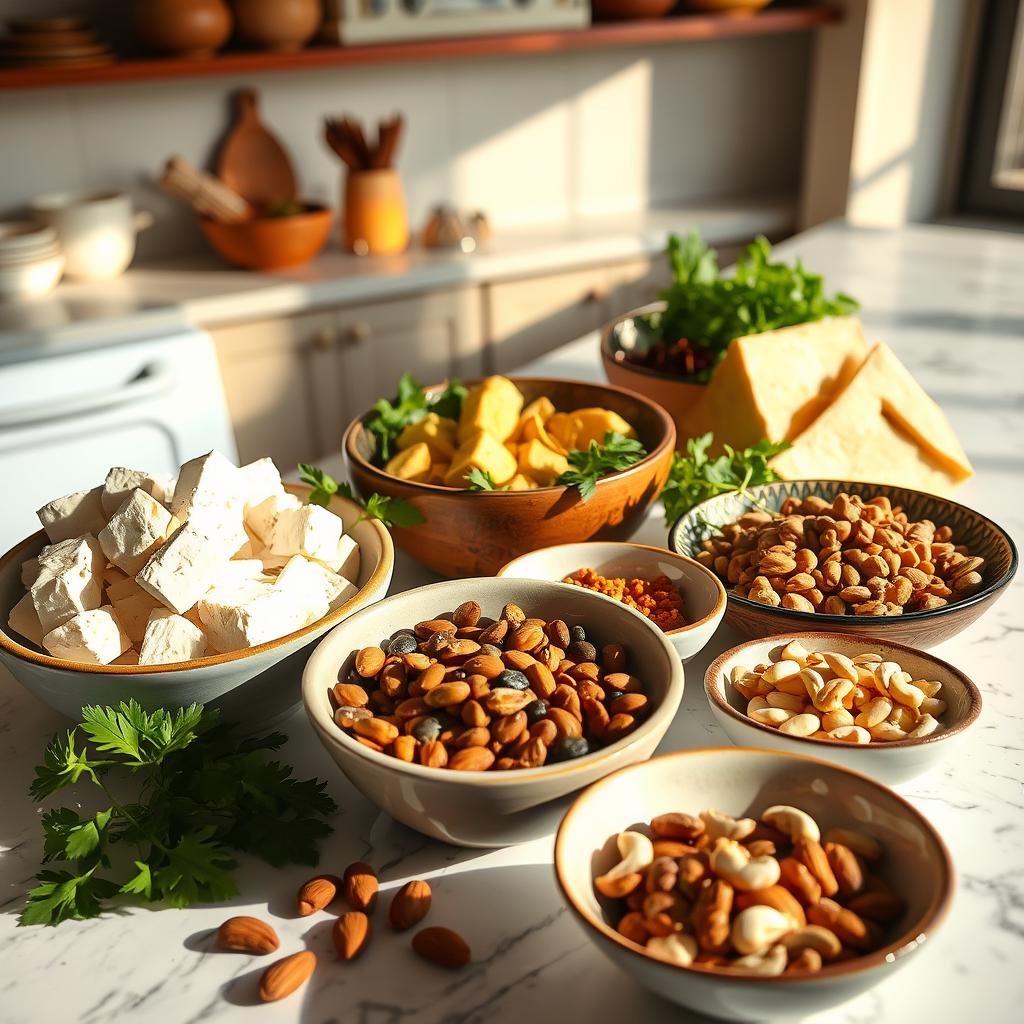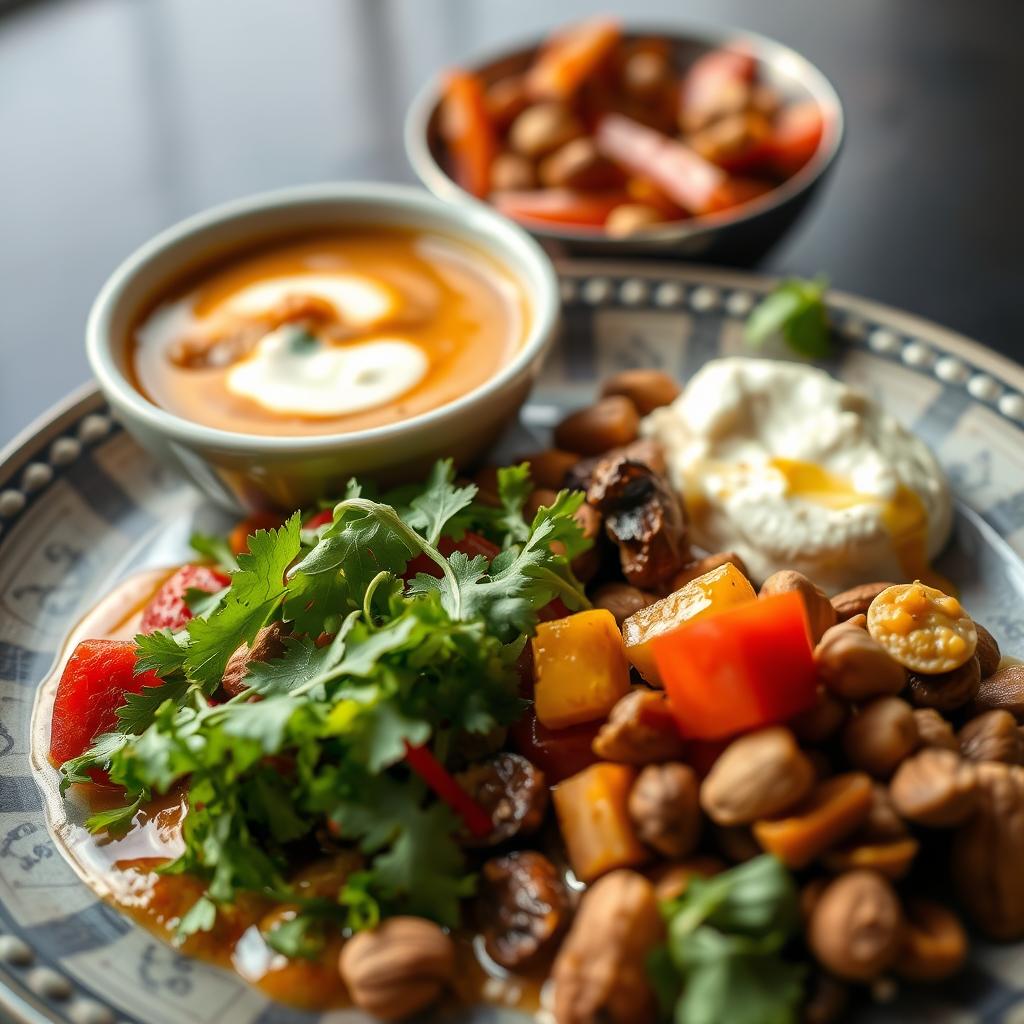Switching to a low carb Indian vegetarian diet can be an exciting step toward a healthier lifestyle, but it isn’t always as straightforward as it seems. Have you ever wondered why some people struggle to see results or feel their energy plummet after adopting a new diet? The truth is, it’s not just about cutting carbohydrates understanding the nuances of nutrition and sidestepping common mistakes are equally critical to your success.
Wrestlers Diet to Gain Muscle especially in the Indian vegetarian context, requires a careful balance. Cutting out staples like rice, roti, and lentils core parts of many Indian meals can feel challenging at first. Still, with the right approach, you can create a sustainable, nutrient-rich plan that supports your muscle-building goals. The challenge is that many well-meaning dieters fall into traps like eating too many processed foods, missing out on vital nutrients, or not diversifying protein sources. Are these mistakes holding you back?
In this post, we’ll unpack the foundational principles of a low carb Indian vegetarian diet and highlight the most common mistakes people make. More importantly, we’ll empower you with practical solutions to overcome these challenges and thrive on your journey. Ready to give your diet a healthy reset? Let’s dive in!
Understanding the Basics of a Low Carb Indian Veg Diet
- Carbohydrates: While carbs provide energy, excess amounts can hinder weight loss. Instead, opt for low carb veggies like spinach, zucchini, or cauliflower.
- Proteins: Vital for muscle repair and overall health. Add paneer, tofu, and legumes, keeping their carb content in mind.
- Fats: Essential for ketosis (if you’re on keto) and satiety. Incorporate healthy options like coconut, ghee, and avocado.
What makes this diet truly unique is its adaptability. For example, swap out high carb chapatis for almond flour rotis or explore cauliflower rice as a base for your favorite curries. Transitioning to a low carb lifestyle doesn’t mean compromising flavor it just requires a smarter approach. Are you ready to experiment with your plate today?
Relying Too Much on Processed Foods
When following a low carb Indian vegetarian diet, it can be tempting to reach for packaged “low carb” or “keto friendly” items. But did you know these convenience products might be derailing your progress? Many processed foods marketed as diet friendly contain hidden sugars, unhealthy fats, and artificial additives that can sabotage your nutritional goals. Let’s break it down.
- Hidden Sugars: Even products labeled “sugar free” can contain hidden sweeteners like maltitol or sucralose, which may spike blood sugar levels.
- Unhealthy Fats: Many packaged snacks substitute trans fats or refined oils for healthier alternatives, leading to inflammation and long term health risks.
- Low Nutritional Value: These items often lack essential nutrients you’d get from whole, natural foods. By prioritizing fresh, natural options such as leafy greens, paneer, spices, and lentils, you not only avoid nutrient deficiencies but also enhance flavor and meal satisfaction.
| Factor | Processed Foods | Whole Ingredients |
|---|---|---|
| Hidden Sugars | Common in dressings, snacks, and low carb sweets | No added sugars, naturally low carb |
| Unhealthy Fats | Refined oils and trans fats | Healthy fats from ghee, coconut oil, and seeds |
| Nutrient Density | Minimal; often artificially fortified | Rich in vitamins, minerals, and fiber |
So, what’s your next step? Double down on fresh, whole foods from your local markets. Avoid shortcuts with packaged foods, and embrace the richness of natural Indian vegetarian staples for a truly balanced, low carb diet.
Ignoring Protein Rich Indian Veg Options

Luckily, Indian cuisine offers a wealth of vegetarian friendly, protein packed ingredients that can fit seamlessly into your low carb plan. Here are a few star players:
- Paneer: A beloved dairy product, paneer is a versatile addition to curries, stir fries, or as a grilled snack.
- Tofu: A low carb, high protein alternative to paneer that absorbs flavors beautifully perfect for Indo Asian fusion dishes.
- Lentils: While some lentils have moderate carbs, options like moong dal and masoor dal can be sparingly added to soups or mixed into sautéed veggie dishes for their protein punch.
- Nuts and Seeds: Almonds, walnuts, chia seeds, and hemp seeds are excellent for snacking or blending into smoothies for a nutrient boost.
How can you ensure these ingredients become a regular part of your meals? Plan your dishes strategically swap carb heavy dough in parathas for almond flour and fill them with paneer or tofu, or toss lentils into a flavorful sabzi. Adding a variety of nuts and seeds to chutneys or sprinkling them over salads can go a long way in enhancing not just nutrition but taste!By prioritizing these protein rich options, your low carb Indian vegetarian diet will feel far more balanced, keeping hunger at bay without compromising on authenticity or flavor.
Not Planning for Micronutrient Needs
Low carb Indian vegetarian diets can work wonders for weight loss and overall health, but they often come with a hidden pitfall: micronutrient deficiencies. When your focus is only on cutting carbs, key nutrients like vitamins, minerals, and fiber can fall by the wayside. Are you getting enough from your current diet to fuel your body?
Vegetables are your secret weapon for staying balanced. Not only are they naturally low in carbs, but they are also rich in essential nutrients. For instance, spinach provides iron, magnesium, and vitamin K, while seeds like chia and flax are excellent sources of omega 3 fatty acids, zinc, and calcium. The trick lies in strategically including a variety of these nutrient dense foods every day to fill the gaps.
| Indian Ingredient | Key Nutrients | Ideal Usage |
|---|---|---|
| Spinach | Iron, Magnesium, Vitamin K | Make curries, soups, or palak paneer |
| Chia Seeds | Omega 3s, Fiber, Calcium | Add to smoothies, or soak overnight for pudding |
| Coconut | Manganese, Healthy Fats | Use in chutneys or as shredded garnish |
Keep in mind that low carb does not mean low nutrition. Pair your diet with a variety of nutrient rich vegetables and seeds to avoid deficiencies while achieving your weight loss goals. It’s all about balance and intention in every meal you create!
Overeating Fats or Dairy: Striking the Right Balance
In low carb Indian vegetarian diets, fats often take center stage as the primary energy source. But here’s the catch there’s a thin line between consuming healthy fats and overindulging in calorie dense options like ghee, cream, and cheese. Are you unknowingly crossing it? Let’s decode this common pitfall.First, it’s important to address a key misconception: just because fat is emphasized in low carb diets, it doesn’t mean you can eat it without limits. While ghee and cream are staples of Indian kitchens, overloading your meals with these ingredients can lead to excessive calorie intake, outpacing your body’s energy demands and stalling weight loss.Here’s a handy guide for balancing fats:
- Opt for quality over quantity: Prioritize sources of healthy fats such as avocado, nuts, seeds, and cold pressed oils while moderating your intake of dairy based fats.
- Aim for portion control: Measure your cooking oils and avoid mindless drizzles of ghee on everything from rotis to rice.
- Pace yourself with dairy: Cheese and cream are wonderful, but they add up quickly. Swap them out occasionally with alternatives like paneer or nut based cream substitutes.
Think balance, not excess. By dialing back on heavy fats and choosing wholesome alternatives, you can harmonize your diet while reaping the full benefits of a low carb vegetarian plan without compromising your health goals.
Overcomplicating Daily Meals
One of the biggest hurdles with sticking to a low carb Indian vegetarian diet is the tendency to overcomplicate meals. Do you find yourself spending far too much time planning complex dishes or sourcing hard to find ingredients? While initial excitement around experimenting with recipes is great, it’s easy to burn out if your daily meals feel like an elaborate chore.

The key to long term success lies in simplicity and consistency. Indian cuisine is inherently diverse and versatile, making it perfect for creating low carb meals without breaking the bank or your time. Here are some quick and easy low carb meal ideas:
- Breakfast: A hearty vegetable upma made with cauliflower rice, spiced with freshly ground masalas.
- Lunch: Stir fried paneer with a side of cucumber salad and a bowl of spiced buttermilk.
- Dinner: A comforting bowl of palak (spinach) soup with a few coconut flour rotis.
- Snacks: A handful of roasted makhanas or a quick mix of nuts and seeds.
What’s the secret to sticking with it? Focus on sustainability over perfection. Instead of chasing after elaborate recipes, embrace meals you can prepare in under 30 minutes using locally available, whole ingredients. Don’t stress about perfectly replicating every low carb trend out there. Ultimately, a successful diet is one you can happily follow for months and beyond.
Skipping Meal Preparation and Planning
Why is meal prep so important?
- Prevents impulse eating: When hunger strikes, having prepared meals eliminates the temptation to grab carb heavy snacks.
- Makes busy days manageable: Prepping allows you to stick to your diet even when life gets chaotic.
- Supports long term consistency: A structured approach ensures you’re always on track without excess effort.
Looking for easy to prep options for your Low Carb Indian Veg Diet? Start with staples like cauliflower rice it’s versatile, quick to make, and pairs perfectly with Indian curries. You can also try low carb rotis made with almond or coconut flour to satisfy bread cravings. For snacks, roasted nuts or spiced paneer cubes are great choices to keep you full and on track.

Hardik is the visionary founder and driving force behind Leanry.com, a platform committed to empowering individuals through reliable health information, wellness tips, and actionable content for a healthier lifestyle.

